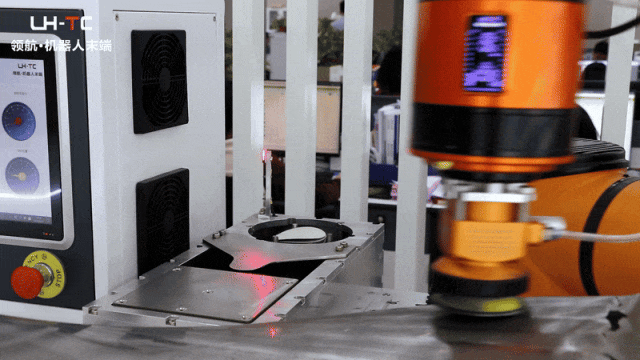In today’s fast-paced manufacturing landscape, robotic grinding and polishing has emerged as a transformative technology, offering unmatched precision, efficiency, and consistency. As industries strive for higher productivity and better-quality finishes, this automation solution is playing an increasingly crucial role.
Robotic grinding and polishing refers to the use of industrial robots equipped with grinding and polishing tools to finish workpieces automatically. This process replaces manual labor in tasks that are often dangerous, repetitive, and time-consuming. From aerospace to automotive and even consumer electronics, more sectors are adopting this solution to streamline their surface treatment operations.

One of the main advantages of robotic grinding and polishing is its ability to deliver consistent surface quality across thousands of parts. Manual processes are subject to fatigue and inconsistency, while robotic systems can maintain uniform pressure, speed, and angle, ensuring a perfect finish every time. Additionally, robots can operate continuously, increasing throughput and reducing production downtime.
Another key benefit is safety. Traditional grinding and polishing expose workers to dust, vibration, and sharp materials. With robotic grinding and polishing, human exposure to these hazards is greatly reduced, creating a safer work environment. Moreover, robots can be programmed to perform complex movements that would be difficult or impossible for humans to replicate with the same accuracy.

As technology continues to evolve, robotic grinding and polishing systems are becoming more intelligent, with adaptive control, vision systems, and force-feedback sensors. These features enable the robot to “feel” the surface and adjust its operation in real time, further enhancing quality and flexibility.
In conclusion, robotic grinding and polishing is not just a trend—it’s a key component of the smart factory revolution. By improving quality, productivity, and safety, it allows manufacturers to stay competitive in a demanding global market.

